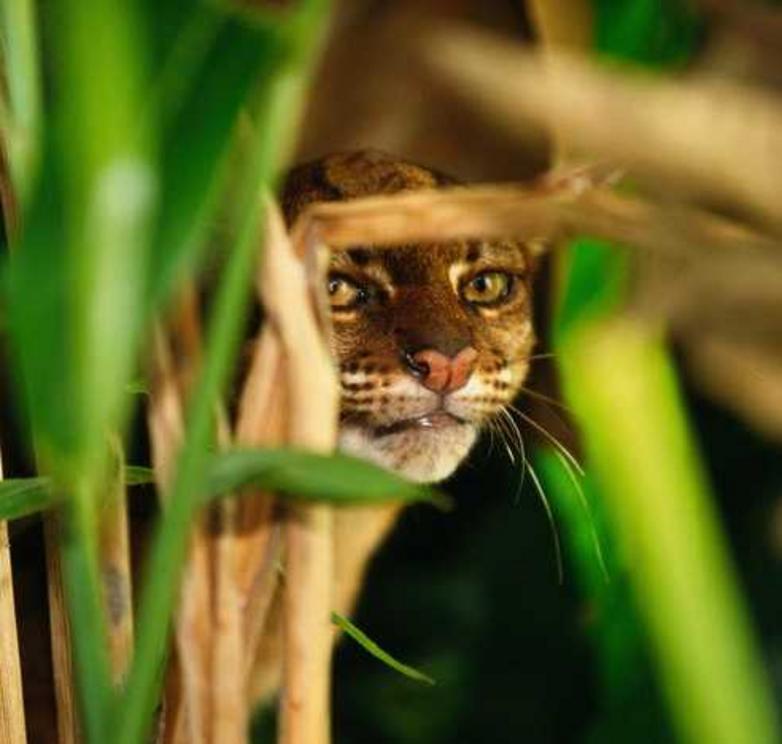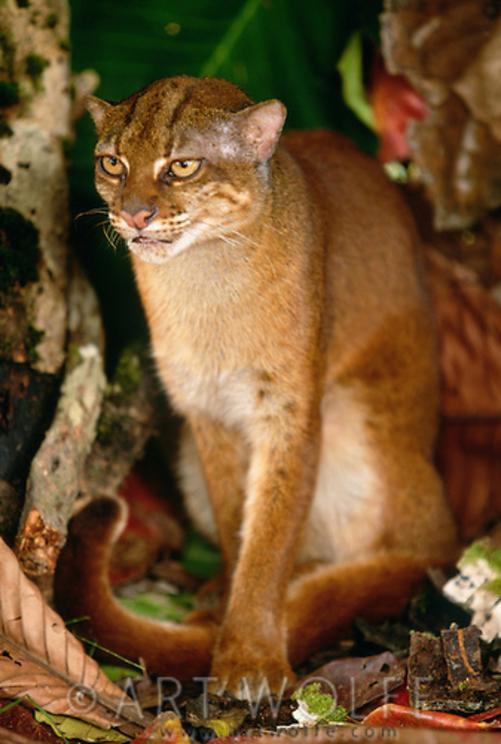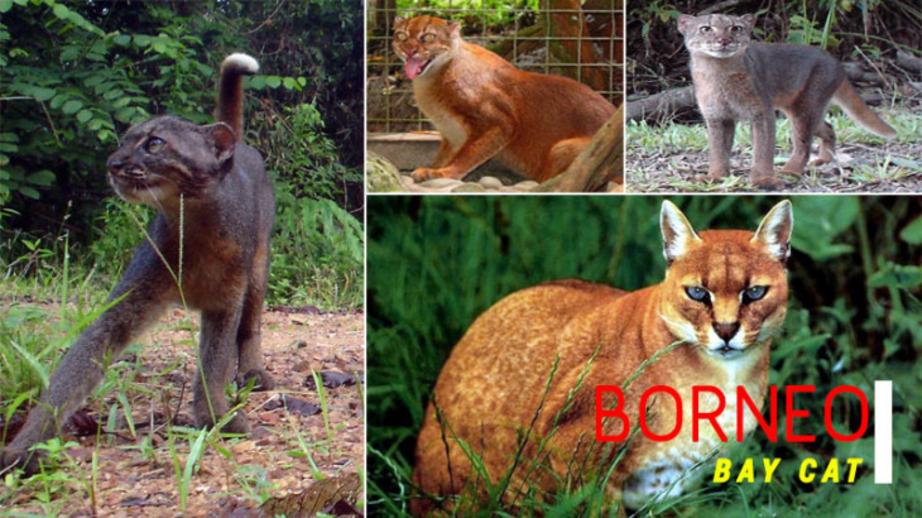Extremely rare bay cat filmed
The secretive bay cat was photographed and filmed in a new location that is about 40 miles outside its currently known distribution range in Borneo.
- Researchers photographed the bay cat while conducting a wildlife survey in the Rungan Landscape in Central Kalimantan, Indonesian Borneo.
- The forests in this landscape include peat swamps and heath, a habitat type in which bay cats have not previously been recorded, scientists say.
- The team has not released the exact location of the potentially new population of bay cats because the forest where the cat was filmed is not legally protected.

Scientists have filmed the extremely secretive bay cat (Catopuma badia) in a new location that is about 64 kilometers (40 miles) outside its currently known distribution range in Borneo.

The chestnut-colored cat, also called the Bornean cat, is found only in Borneo and is one of the least known wild cats in the world. It is currently listed as Endangered on the IUCN Red List.
A team of researchers from the Oxford Brookes University, Muhammadiyah University Palangka Raya, Indonesia, and the University of Exeter, UK, photographed the bay cat while conducting a wildlife survey in the Rungan Landscape in Central Kalimantan, Indonesian Borneo. The team had set up 54 camera traps over 28 locations across the Rungan Landscape, and the bay cat was photographed after 28 days.

The forests in this landscape include peat swamps and heath, a habitat type in which bay cats have not previously been recorded, scientists report in Cat News.
“The type of tropical forest where we carried out our research is generally considered to be of relatively poor conservation value. However, we have found that this landscape actually represents a mosaic of forest types that supports a high diversity of wildlife, including a number of endangered species,” Frank Van Veen of the University of Exeter said in a statement. “The discovery of the bay cat here illustrates that we cannot just make assumptions about the conservation value of remaining areas of rainforest, and that research on the ground is essential for well-informed conservation.”
(Video courtesy of Borneo Nature Foundation)
The team has not released the exact location of the potentially new population of bay cats because the forest where the cat was filmed is not legally protected and the species continues to be threatened by habitat loss and hunting.
“There is still a lot we don’t know about the forests of Borneo and the clock is ticking,” the team said. “More surveys are needed to understand the distribution and ecological needs of Borneo’s wildlife if we are to save species on the brink of extinction.”


Male bay cat photographed in Borneo. Photo by Borneo Nature Foundation.

